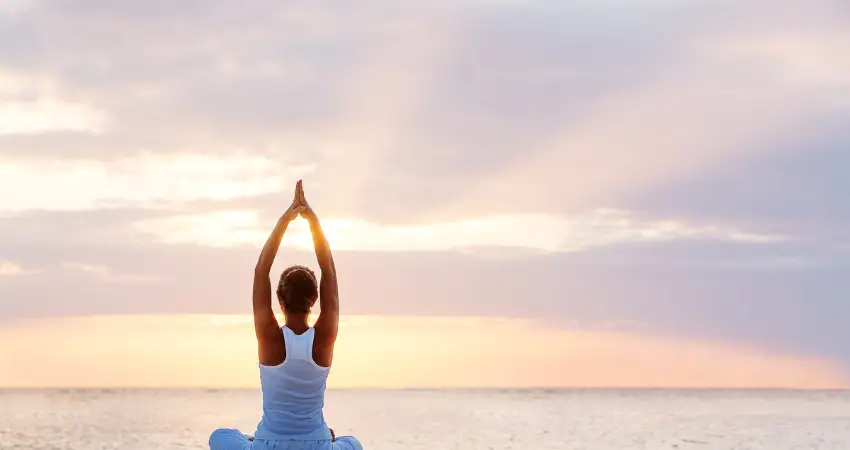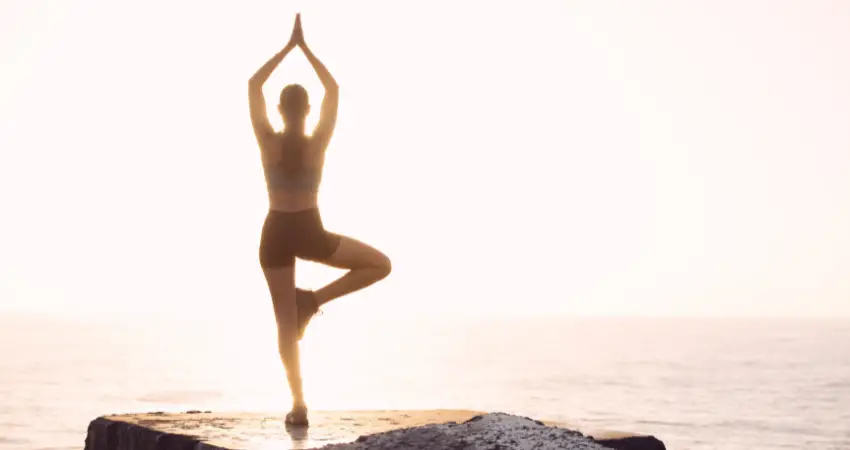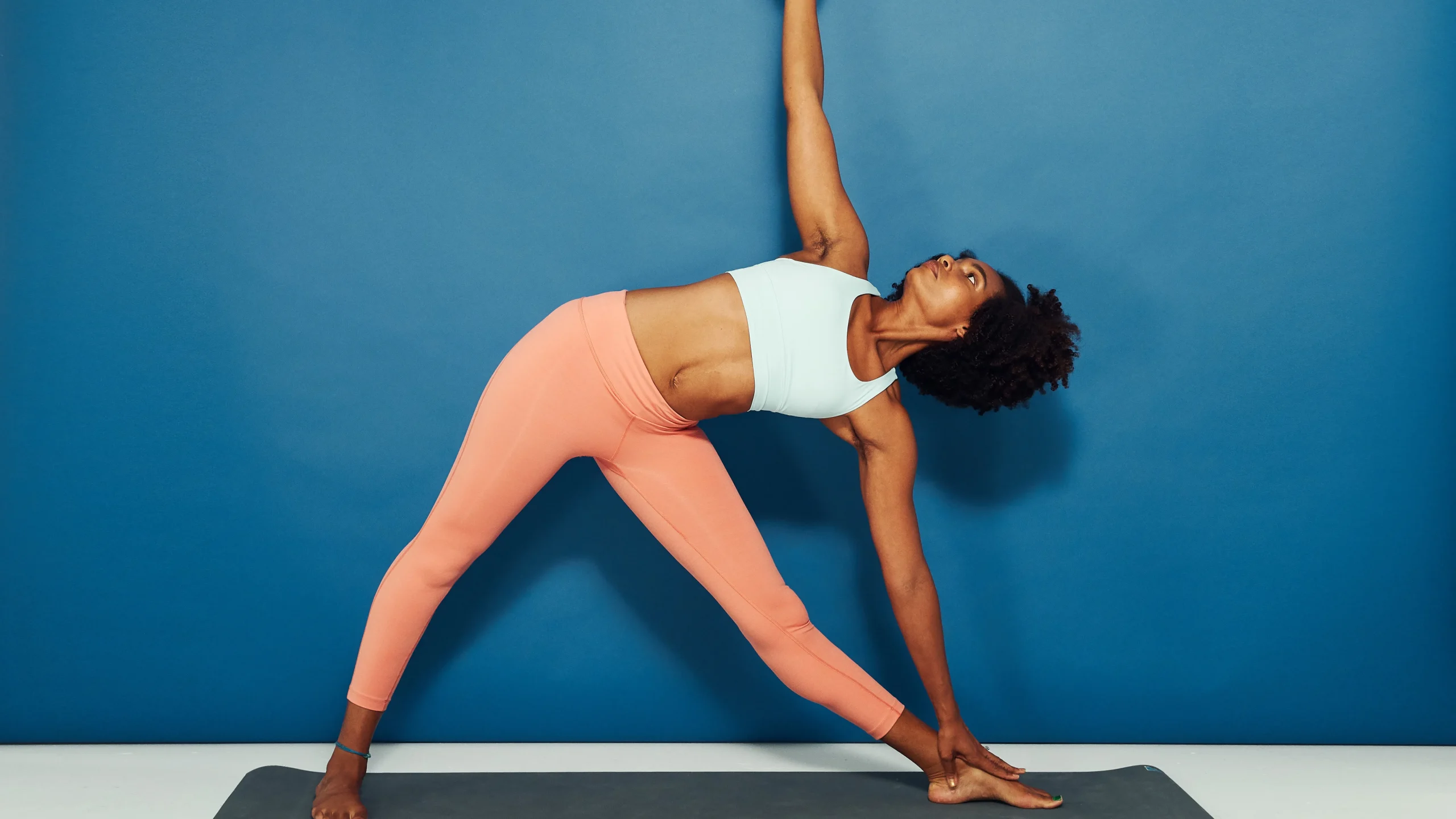Yoga is an ancient practice that is known to provide several benefits to the body and mind. One of the benefits of yoga is that it can help regulate blood pressure. High blood pressure, also known as hypertension, is a common health problem that affects millions of people worldwide. The good news is that practicing yoga can help manage and reduce high blood pressure. In this article, we will explore some yoga poses that are effective in regulating blood pressure.
Yoga has been found to be beneficial for managing blood pressure levels. Here are some ways in which yoga can help with blood pressure:
- Stress reduction: One of the primary factors contributing to high blood pressure is stress. Yoga incorporates various relaxation techniques such as deep breathing, meditation, and mindfulness, which help activate the body’s relaxation response. By reducing stress, yoga helps to lower blood pressure.
- Physical activity: Regular practice of yoga involves gentle stretching, strengthening, and balancing exercises. These movements improve blood circulation, strengthen the cardiovascular system, and enhance overall fitness. Engaging in physical activity through yoga can contribute to maintaining healthy blood pressure levels.

- Breath control: Yoga places significant emphasis on conscious breathing techniques, such as deep abdominal breathing and alternate nostril breathing. These breathing exercises have a direct impact on the autonomic nervous system, helping to regulate blood pressure and reduce hypertension.
- Weight management: Maintaining a healthy weight is important for managing blood pressure. Yoga can aid in weight management by increasing awareness of body sensations, promoting mindful eating, and supporting a balanced metabolism. Regular yoga practice, combined with a healthy diet, can contribute to weight loss or maintenance, positively impacting blood pressure.
- Relaxation and sleep quality: Poor sleep and chronic sleep disorders have been associated with hypertension. Yoga’s emphasis on relaxation techniques and improved sleep hygiene can promote better sleep quality. By addressing sleep-related issues, yoga indirectly helps to manage blood pressure levels.
It’s important to note that yoga should be practiced under the guidance of a qualified instructor, especially if you have high blood pressure or any other medical condition. Consulting with a healthcare professional is advisable to ensure that yoga is safe and suitable for your specific health needs.
Yoga for High Blood Pressure
Yoga is a gentle and non-invasive way of regulating blood pressure. When practiced regularly, yoga can help improve blood flow, reduce stress, and promote relaxation. Here are some yoga poses that can help regulate blood pressure.
Child’s Pose (Balasana)
Child’s Pose is a relaxing pose that helps calm the mind and reduce stress. To practice this pose, start by kneeling on the floor with your knees hip-width apart. Slowly lower your torso down to the ground and rest your forehead on the floor. Stretch your arms out in front of you or place them alongside your body. Take a few deep breaths in this pose and focus on relaxing your body.

Mountain Pose (Tadasana)
Mountain Pose is a standing pose that helps improve posture and balance. To practice this pose, stand with your feet together and your arms at your sides. Lift your chest and lengthen your spine. Imagine that you are standing tall like a mountain. Take a few deep breaths in this pose and focus on grounding your feet into the earth.
Tree Pose (Vrksasana)
Tree Pose is a balancing pose that helps improve focus and concentration. To practice this pose, stand with your feet together and your arms at your sides. Shift your weight onto your left foot and place your right foot on the inside of your left thigh. Press your foot into your thigh and bring your hands to your heart. Take a few deep breaths in this pose and focus on balancing your body.
Downward-Facing Dog (Adho Mukha Svanasana)
Downward-Facing Dog is a pose that helps improve blood flow and reduce stress. To practice this pose, start on your hands and knees with your wrists under your shoulders and your knees under your hips. Lift your hips up and back, straightening your arms and legs. Keep your head and neck relaxed. Take a few deep breaths in this pose and focus on lengthening your spine.
Corpse Pose (Savasana)
Corpse Pose is a relaxing pose that helps reduce stress and promote relaxation. To practice this pose, lie down on your back with your arms at your sides and your palms facing up. Close your eyes and take a few deep breaths. Allow your body to relax completely and focus on releasing any tension in your body.
Cobra Pose (Bhujangasana)
Cobra Pose is a gentle back bend that helps improve blood flow and reduce stress. To practice this pose, lie on your stomach with your hands under your shoulders. Slowly lift your chest up and arch your back. Keep your elbows close to your body and your shoulders relaxed. Take a few deep breaths in this pose and focus on opening your chest.
Triangle Pose (Trikonasana)
Triangle Pose is a standing pose that helps improve balance and flexibility. To practice this pose, stand with your feet wider than hip-width apart. Turn your right foot out to the side and your left foot in slightly. Reach your right arm down toward your right ankle and lift your left arm up toward the ceiling. Look up toward your left hand. Take a few deep breaths in this pose and focus on stretching your side body.
Conclusion
Yoga is a wonderful way of lowering your blood pressure. There are tons of videos on YouTube. Also, there are classes and some free classes at your local recreation center. According to ndtv.com. , yoga can naturally decrease your blood pressure.
My name is Phyllis Robinson MSN, RN. I have been a Registered Nurse for 27 years in the Cardiac Intensive Care Unit. I am passionate about cardiac care and heart disease. I also want this blog to be an educational tool that people can refer to for traditional and alternative treatment. I will blog on heart disorders such as high blood pressure, congestive heart failure, cardiomyopathy, and high cholesterol.
I received my Nursing degree from Baltimore Community College.
I went on to receive my Masters in Nursing from Walden University
I have worked for almost 30 years in Critical Care with a focus on heart health. I am an advocate of preventive healthcare.

